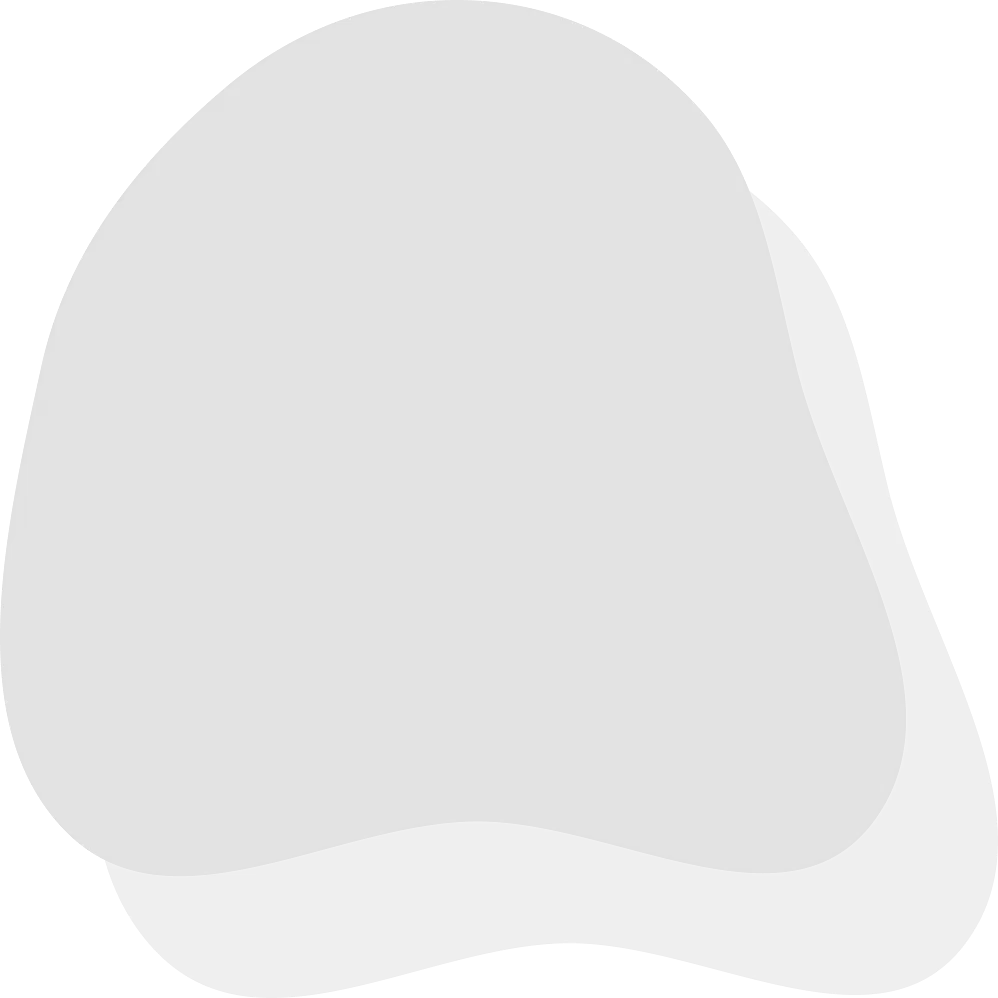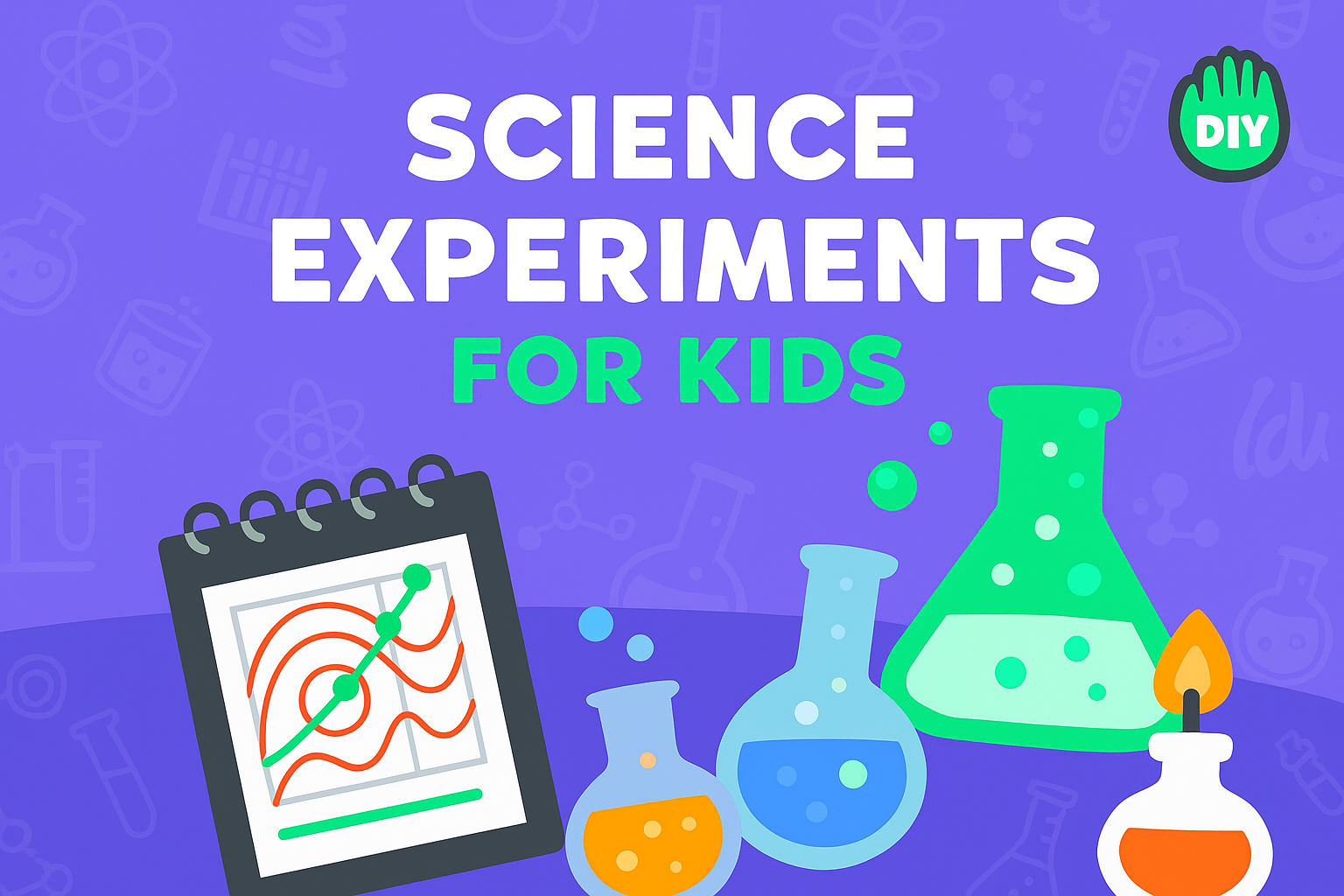Looking for fun, safe, and educational DIY science experiments for kids? Whether you're a parent, teacher, or caregiver, hands-on science activities are a powerful way to spark curiosity and creativity. In this guide, we’ll share some of the best DIY science experiments for kids that use everyday materials and inspire real learning—perfect for home or classroom.
Why DIY Science Experiments Are Great for Kids
DIY science experiments do more than entertain—they build critical thinking, boost problem-solving skills, and make learning feel like play. For kids aged 5–12, hands-on projects can:
Foster curiosity about the world
Reinforce STEM (Science, Technology, Engineering, Math) concepts
Help kids learn by doing, not just watching
Plus, you don’t need a lab or fancy supplies—just a few household items and a willingness to explore.
10 Best DIY Science Experiments for Kids
Here are 10 tried-and-true DIY science experiments that are safe, affordable, and incredibly fun:
1. Homemade Volcano
Ages: 6+ Concepts: Chemical reactions, acids & bases Materials: Baking soda, vinegar, dish soap, red food coloring, plastic cup Instructions: Place baking soda in the cup, add a few drops of food coloring and dish soap. Pour in vinegar and watch the volcano erupt!
2. Magic Milk Experiment
Ages: 5+ Concepts: Surface tension, color mixing Materials: Milk, dish soap, food coloring, cotton swab Instructions: Add food coloring to milk in a plate. Dip a cotton swab in dish soap and touch the milk—watch the colors dance!
3. DIY Lava Lamp
Ages: 7+ Concepts: Density, solubility, chemical reactions Materials: Oil, water, food coloring, Alka-Seltzer Instructions: Fill a bottle with oil and water. Add food coloring, then drop in Alka-Seltzer for bubbling fun.
4. Balloon Baking Soda Rocket
Ages: 8+ Concepts: Chemical reactions, propulsion Materials: Balloon, baking soda, vinegar, bottle Instructions: Fill a balloon with baking soda and a bottle with vinegar. Attach the balloon, lift it, and watch it inflate!
5. Rainbow in a Jar
Ages: 9+ Concepts: Density, color layering Materials: Sugar, water, food coloring, spoon, clear jar Instructions: Mix sugar water in different concentrations and colors. Layer them in a jar to create a rainbow.
6. Invisible Ink with Lemon Juice
Ages: 6+ Concepts: Oxidation, chemical change Materials: Lemon juice, paper, cotton swab, lamp Instructions: Write with lemon juice on paper. Let it dry, then heat gently to reveal your secret message.
7. Static Electricity Butterflies
Ages: 5+ Concepts: Static electricity, attraction/repulsion Materials: Tissue paper, balloon, string, tape Instructions: Cut out tissue paper butterflies, charge a balloon with hair, and make them “fly.”
8. Egg in a Bottle Trick
Ages: 10+ Concepts: Air pressure Materials: Hard-boiled egg, glass bottle, matches Instructions: Light a match in the bottle and place the egg on top. As air cools, it sucks the egg in.
9. Grow Your Own Crystals
Ages: 9+ Concepts: Crystallization, evaporation Materials: Borax, water, pipe cleaners, jar Instructions: Twist pipe cleaners into shapes. Dissolve borax in hot water, suspend the shape, and watch crystals grow overnight.
10. Simple Circuit with Play Dough
Ages: 8+ Concepts: Electricity, circuits Materials: Conductive & insulating dough, battery pack, LEDs Instructions: Use play dough to build basic circuits that light up LEDs—great intro to electronics!
Tips for Doing Science Experiments at Home
Supervise younger children, especially with hot water, scissors, or small parts.
Let kids make predictions before starting. Ask: "What do you think will happen?"
Talk through what’s happening—help them connect play with real science concepts.
Encourage creativity by letting them change variables and test different outcomes.
Want More Kid-Friendly Science Projects?
At DIY.org, we make it easy and safe for kids to explore science, art, and so much more through hands-on challenges, video tutorials, and an inspiring online community. Whether it’s kitchen chemistry or backyard physics, our platform is designed for curious kids to learn by doing.
👉 Explore DIY.org Science Challenges Now
Final Thoughts
The best DIY science experiments for kids are the ones that mix fun with learning. You don’t need to be a scientist to help your child explore the world—just some curiosity and a few simple materials. Start small, ask questions, and enjoy the discoveries together!



